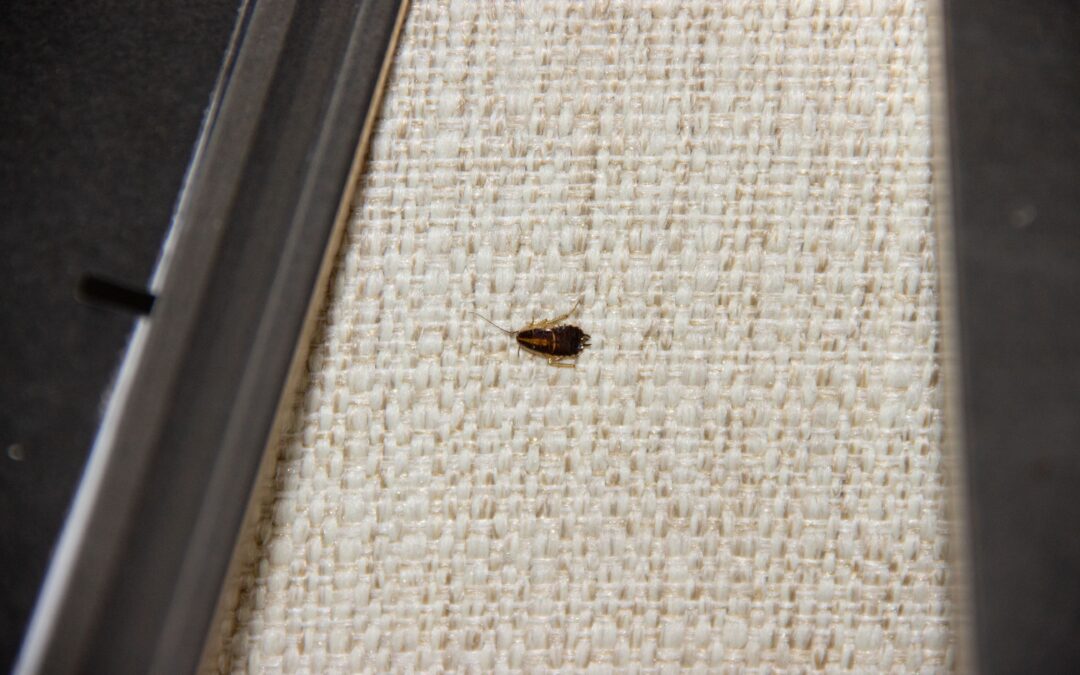In temperate geographic zones, insects are known for surviving the cold of winter in two ways, one of which is known as “freeze avoidance,” while the other is known as “freeze tolerance.” Insects that survive winters by means of freeze avoidance produce compounds that prevent their internal bodily fluids from freezing when the temperature drops to 32 degrees Fahrenheit or below. Insects that have evolved freeze tolerance survive winters by controlling ice formation within their bodies. Some insects, especially insects that are not native to cold climates, survive the winter by seeking out and securing warm indoor environments where they can overwinter safely until the arrival of the spring season. Once these insects gain access to warm shelter, they may remain active or enter into a dormant state known as “diapause.” All insects have evolved to readily enter diapause in response to extreme environmental conditions that threaten their survival. Unsurprisingly, many indoor insect pests rely solely on securing warm shelter in human dwellings in order to survive the winter season, including cockroaches.
Dozens of cockroach species can be found in the US, and most of them are native species that dwell far away from human settings. However, with the possible exception of native woods cockroaches, every cockroach species that is a known indoor pest in the US is native to a tropical region in Africa or southeastern Asia. Most cockroach pest species in the US, including German, American, and Oriental cockroaches, were inadvertently transported to North America during the colonial era. Since then, these non-native cockroaches have learned to exploit human dwellings in order to remain warm during the winter. In fact, the non-native German cockroach species is now an indoor-dwelling pest, and other cockroach pests in the country remain in close proximity to human settings at all times. As it turns out, cockroach pest species in the US would not be able to survive without establishing winter harborages in heated conditions. For example, when northern homes and buildings that are infested with German cockroaches remain unheated during the winter season, the roach inhabitants rapidly die from the freezing temperatures. American cockroaches are known to congregate in sewers in order to secure refuge from the freezing cold and other extreme climatic conditions. Due to their inability to tolerate the cold, simply leaving roach-infested homes unheated and uninhabited for a short time during the winter season will eliminate even the most extensive infestations.
Have you ever encountered a cockroach in your home during the winter season?

